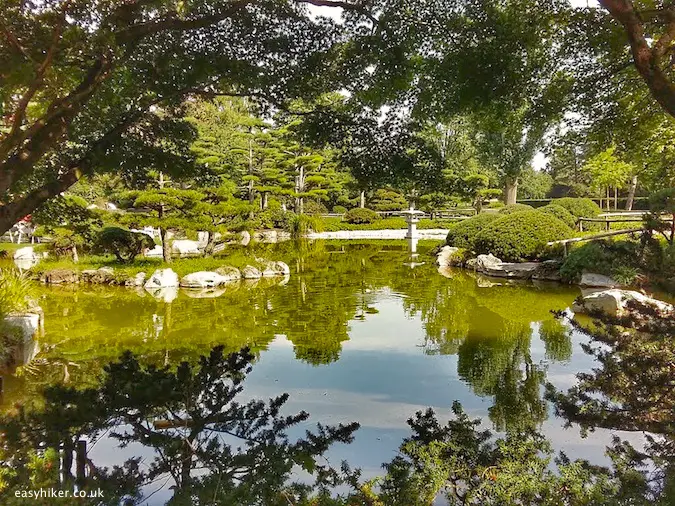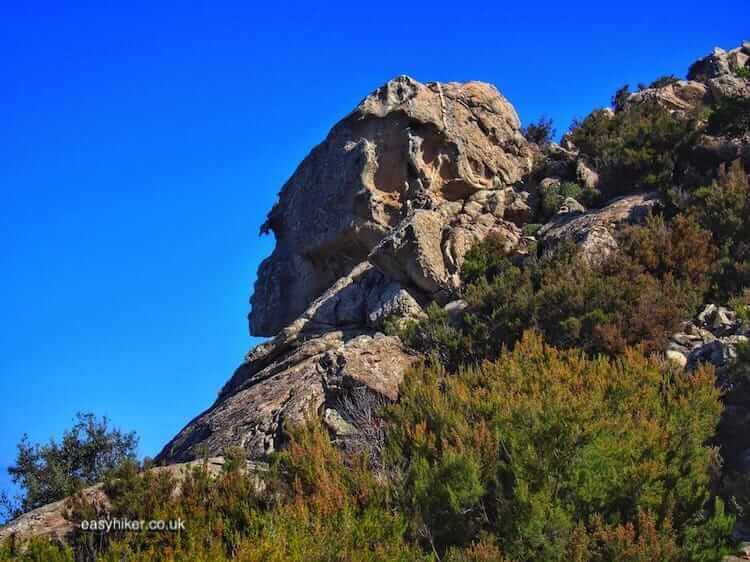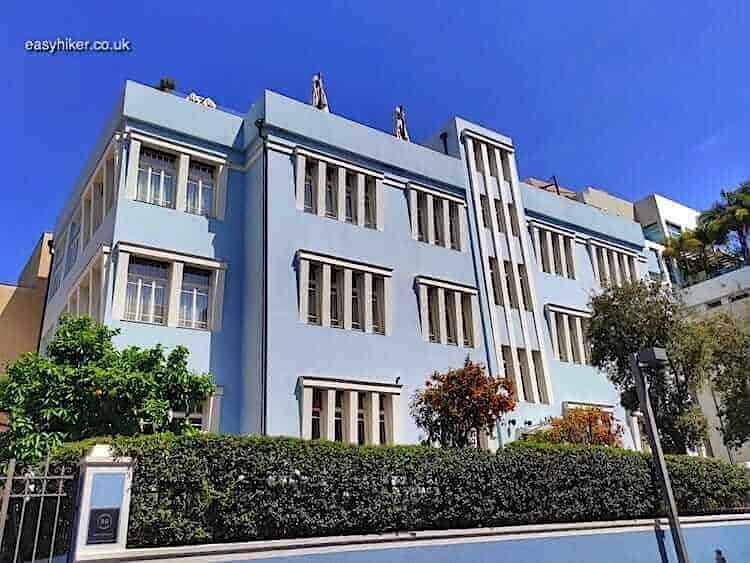No country in the world benefits as much (materially) from tourism as Italy – or suffers as much from its consequences.
Other countries may attract more visitors, but these visitors are spread out more thinly over a vast territory (the USA), are more concentrated in a few coastal resorts (Mexico), or both (France).
In Italy (no. 4 in the global table), conversely, tourists are everywhere: spending their money, edging out local tenants, unbalancing local economies.
The extent of benefits and damages, however, differs considerably from region to region: parts of Italy remain largely untouched by the annual tsunami of foreign visitors.
Take, for example, the region of Friuli-Venezia in the extreme east of northern Italy. Tourists do come here, but in small numbers and smaller groups, and even fewer venture much beyond Trieste, the regional capital which owes its place on the B-list of Italian city destinations mainly to its status as a curiosity and a virtual Austrian enclave, more Vienna-al-Mare than something properly Latin.
Journey into Unknown Italy
Friuli-Venezia may lack what tourists expect from an “Italian Holiday”, being short of popular beach resorts, Roman ruins and world-famous artistic treasures.
What it has instead is a historical background, which is rich and colourful even by Italian standards.
Thanks to its location right on the fold where the continental plates of Western and Eastern culture rub against each other, it has provided the theatre for some of the most dramatic chapters in Italy’s history – ever since East met West here in the dying days of the Roman Empire and Friulian cities bore the brunt of this encounter, becoming the first to be sacked by Attila the Hun.
According to legend, Udine, today the second largest city of the province, owes its very existence to Attila and his army’s need for an elevated observation point to prepare their attack on near-by Aquileae, then one of the largest cities on the Italian mainland.
Historians have found evidence that Udine was indeed established in the early Middle Ages, although much of the architecture appears to suggest roots in a different culture.

Following the fall of Aquileae, Udine took over as the hub for the region’s commercial activities. It experienced its golden period from the 15th century onwards when it became the second city of the Venetian Republic.
The Venetian rulers’ love for ornament is reflected everywhere in the city’s urban fabric.

Andrea Palladio, the Venetian Republic’s most prominent architect, also worked in Udine – although not (as far is known) on the Castello that sits high above the town centre.
But the architect who designed the stairway towards the ancient gardens of the palazzo was clearly an admirer of the maestro’s style.

The story of our own visit of Udine, meanwhile, tells a tale of two adverse events. First of all, there was the weather. The rain came pouring down so hard all day that we had to shelve all plans for a longer walk.
Fortunately, it turned out that we did not have to go far for a bit of scenic beauty: that can be found right in the back of the Castello.

This is also where you can get some splendid views over the city.

We suggest that you then explore the side streets at the foot of the castle, strolling back and forth between Via Paolo Sarpi and Via Mercatovecchio.

Do not miss the scenic views of Udine’s ancient canal network. This was something we had wanted to do: trace all the places where the canals – nowadays mainly covered – resurface between the houses in the old town …

… or past restaurant terraces.
If you have better weather than we, you can go here to plan an itinerary of your own.

The second event we had to contend with was the coincidence of our visit with the annual meeting of the Associazione Nationale Alpini, an organization established in the early 1920s by Italian WWI veterans.
Go back to some of the photos above, and you may notice that many of our shots were photo-bombed by men in silly hats.

The Associazione still counts 300,000 members, and it felt as if each and every one of these had come to Udine, which – as the Italian Army’s HQ for the northern front – has a special link to the Alpini.
I will be frank with you: initially, we were more than mildly annoyed that thousands of middle-aged men in uniforms were jamming the streets on their march from beer stall to food van …

… and that you could not take a photo of anything without dozens of these guys crowding in.

The event, in short, looked less like a meeting and more like Italy’s answer to the Oktoberfest, but what these people had come to commemorate is – as I later found out – Italy’s Stalingrad. And thereby hangs a tale which goes something like this.
In 1915, the Italian high command – following a secret deal with the Allies – decided to attack the southeastern flank of the Austro-Hungarian Empire near the Isonzo river.
The campaign had been the brainchild of General Luigi Cadorna who believed in the power of bravery to overcome any material or positional disadvantage and who had, after a careful analysis of the early WWI battles, concluded that “events on the western front have shown the ineffectiveness of machine gun fire”.
Unsurprisingly, his campaign ran into difficulties from the start: the Austrians, having expected such an Italian attack for years, had fortified their defensive positions higher up the mountains and forced the Italians to conduct, quite literally, an uphill battle.
The Isonzo campaign ultimately ended in tragic failure. By the time of the decisive loss at Caporetto in November 1917, a total of 400,000 young Italian men, more than one in ten soldiers, had lost their lives.
On top of that, an estimated 700,000 non-combatant Italians were also killed, the highest number of civilian casualties of any country in WWI. (For an appropriately depressive description of the Italian retreat from Caporetto, when 30,000 Italian soldiers died in a single day and another 300,000 were taken prisoner, read Chapter Three of Ernest Hemingway’s A Farewell To Arms.)
The Italians, therefore, have a different perspective on the events of WWI: for them, alone among Western European nations, the focus of wartime memories is not the front in Belgium and northern France (Verdun and the Somme, All Quiet On the Western Front and Blackadder III).
More importantly even, the Italians appear to commemorate in a different register. Across Europe, WWI is remembered as a purposeless slaughter that has disappeared over the horizon of history. Nowadays, it mainly exists to provide politicians with opportunities for uncontroversial gestures of statesmanship and pious speeches in favour of “world peace” while few people are actually watching or listening.
In Italy, WWI may be remembered by a grand carnival …

… but the events of 1917 still have real power to stir the nation’s soul.
The blood sacrifice of young men who were dispatched to the front with explicit orders to prove that Italians were no operetta soldiers was, ultimately, ill-rewarded when the Allies failed to fulfill the promises they had made in their “secret deal” of 1915.
This may no longer be a festering wound – as it was throughout the 1920s when the loss of Italy’s “eastern provinces” played no little part in the rise of Mussolini – but still resonates as a deep-seated national trauma.
WWI is more relevant in modern Italy than it is in most other European nations – and, I suspect, for more people than the 300,000 men who declared their allegiance to a military unit that fought over 100 years ago.
In the end, we were grateful for this glance into a little-known corner of the Italian mind. This, indeed, was a journey into unknown Italy.






